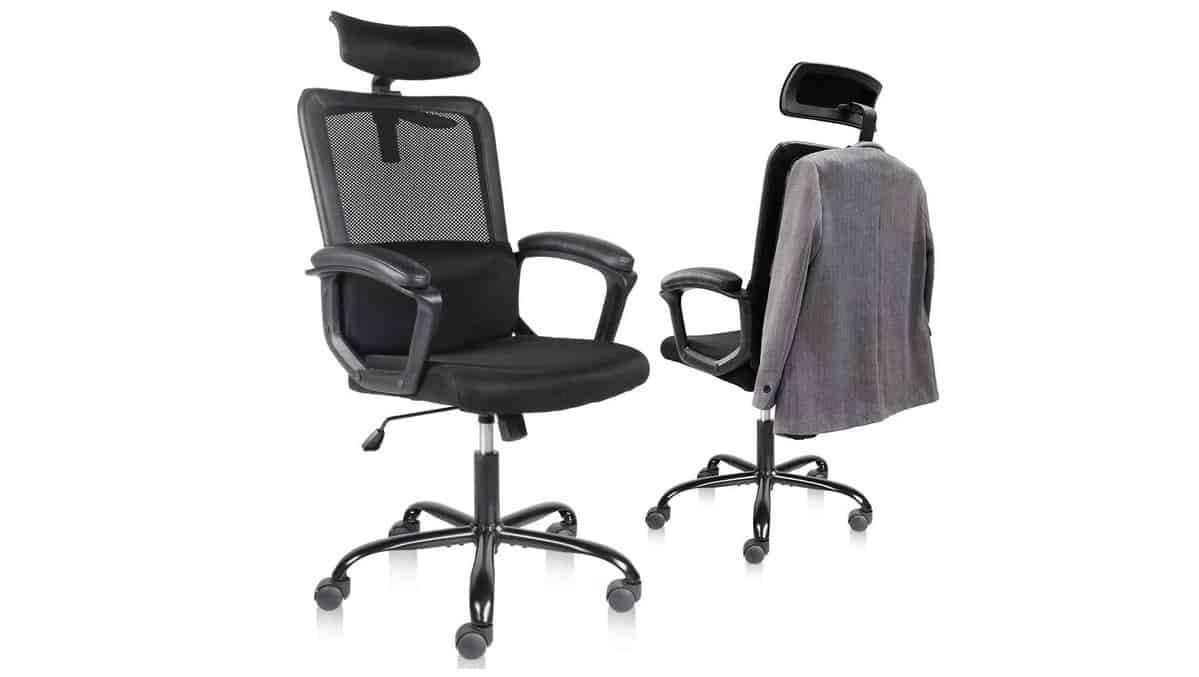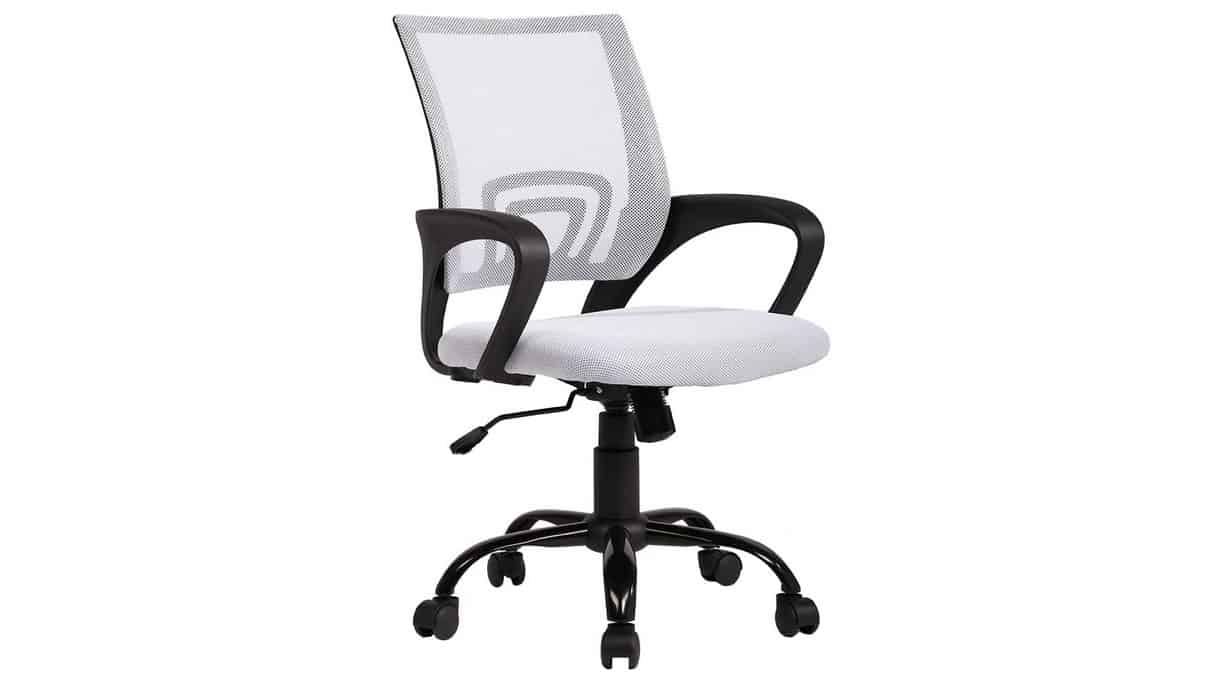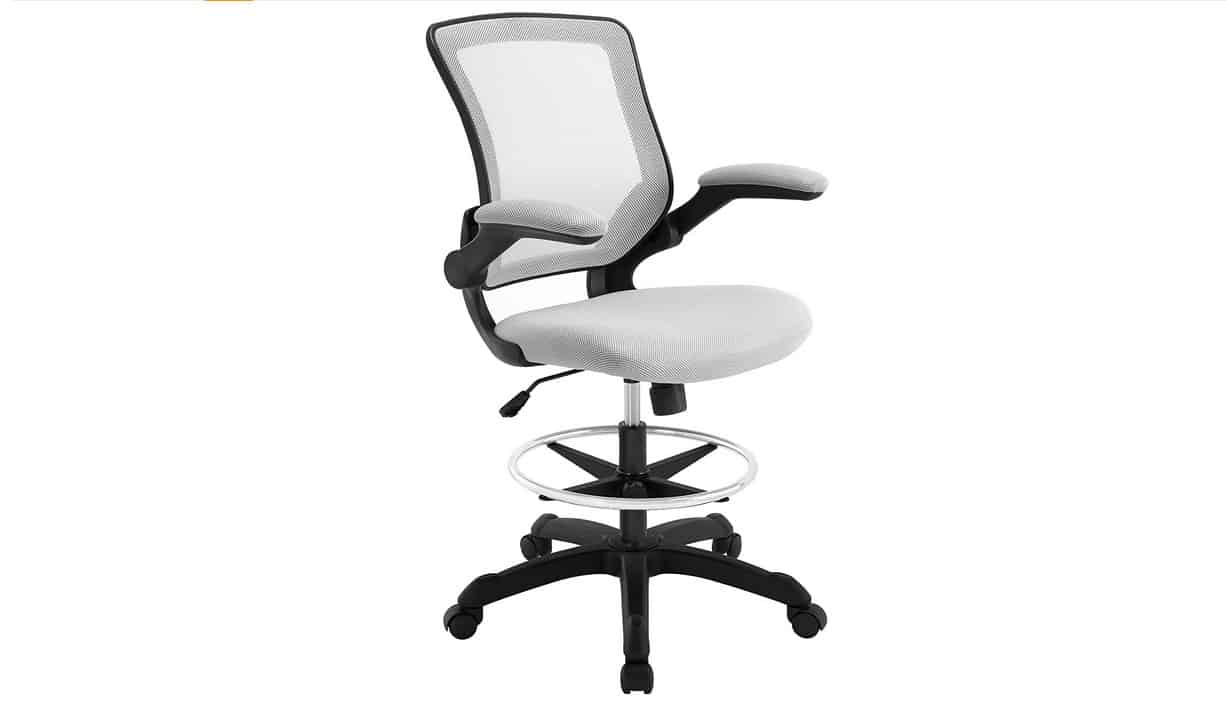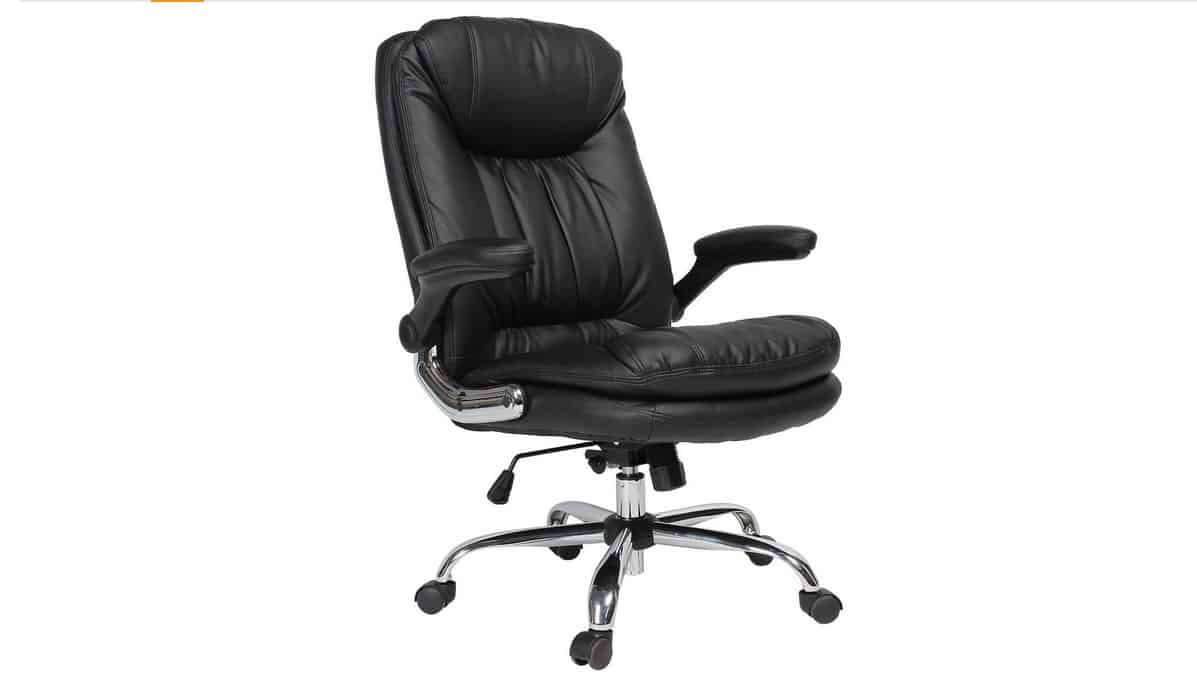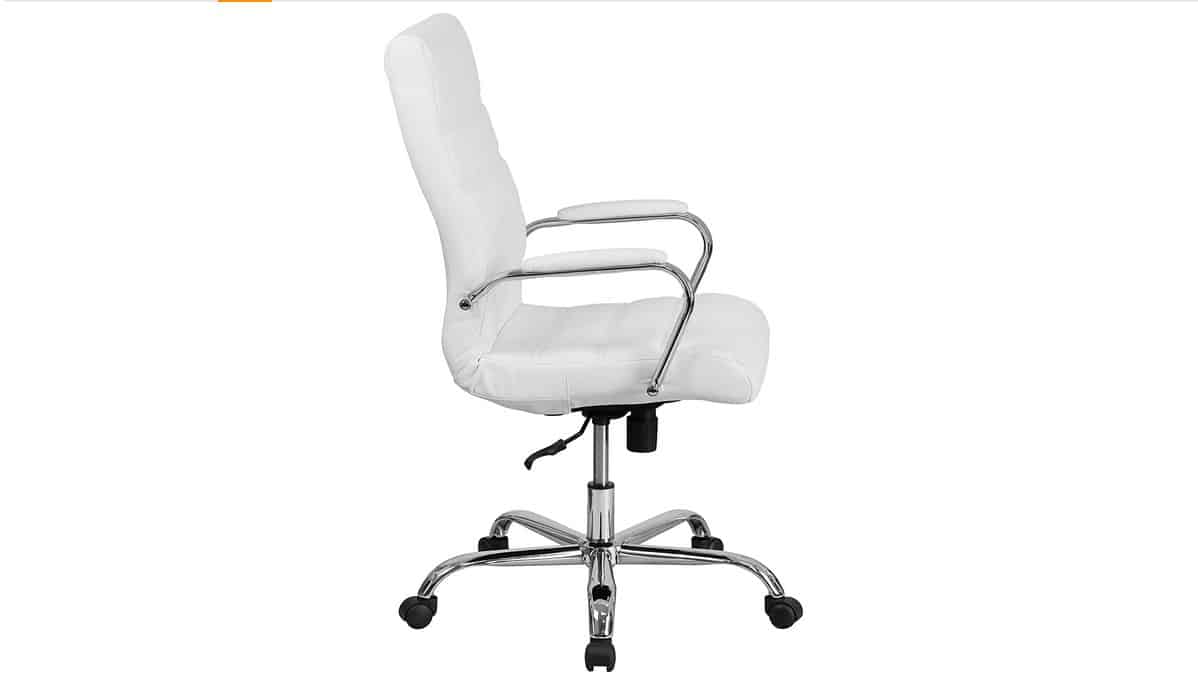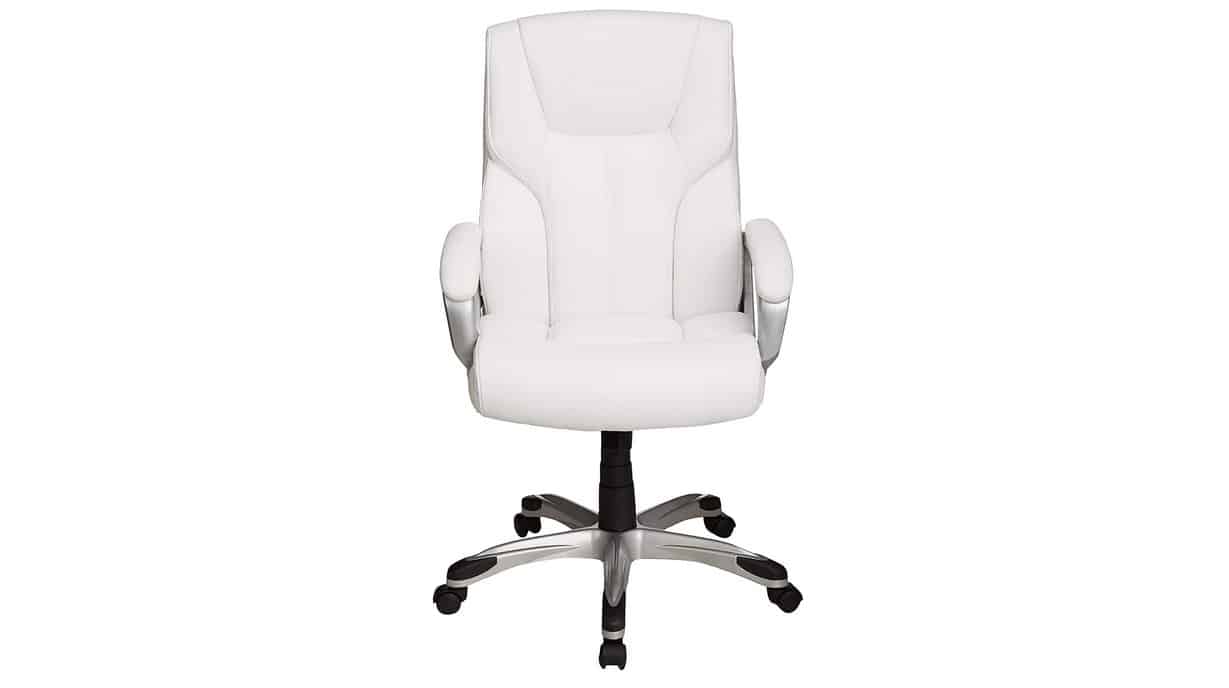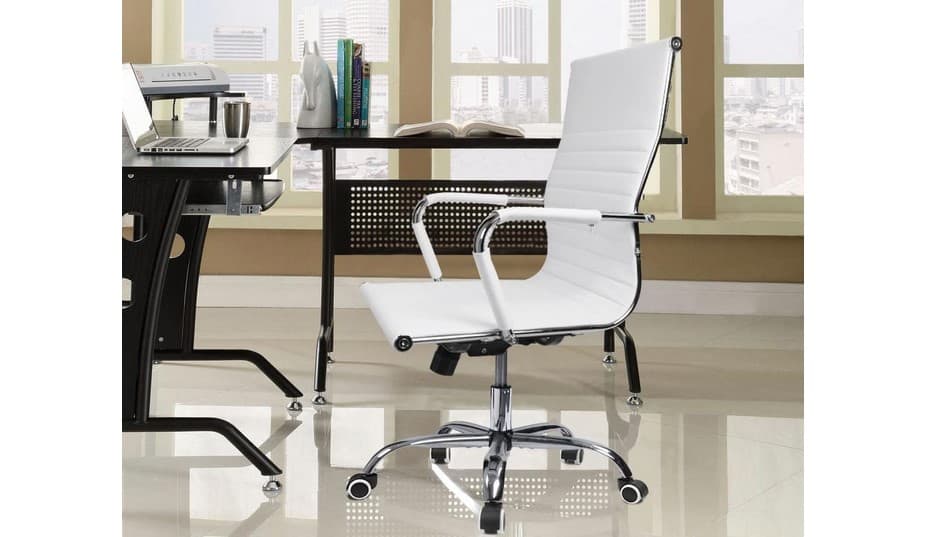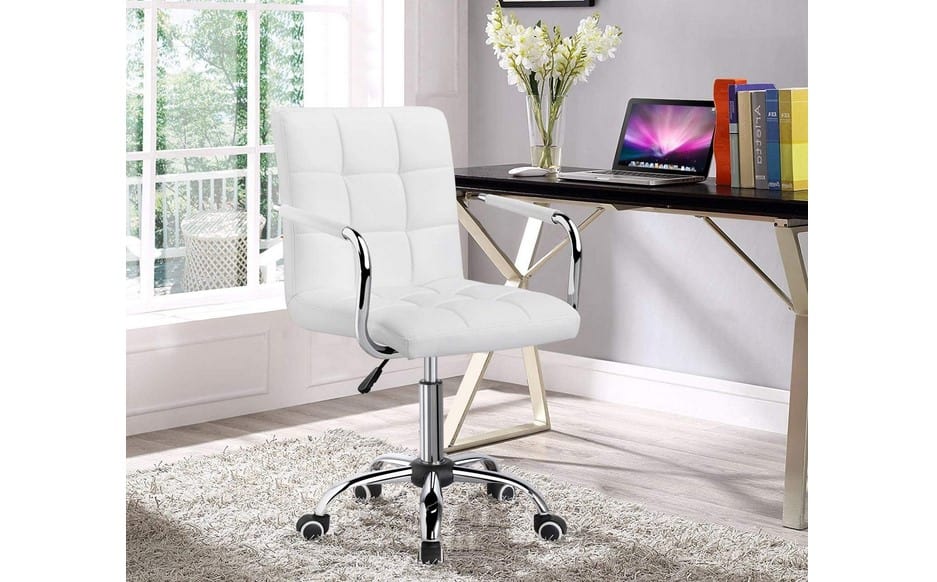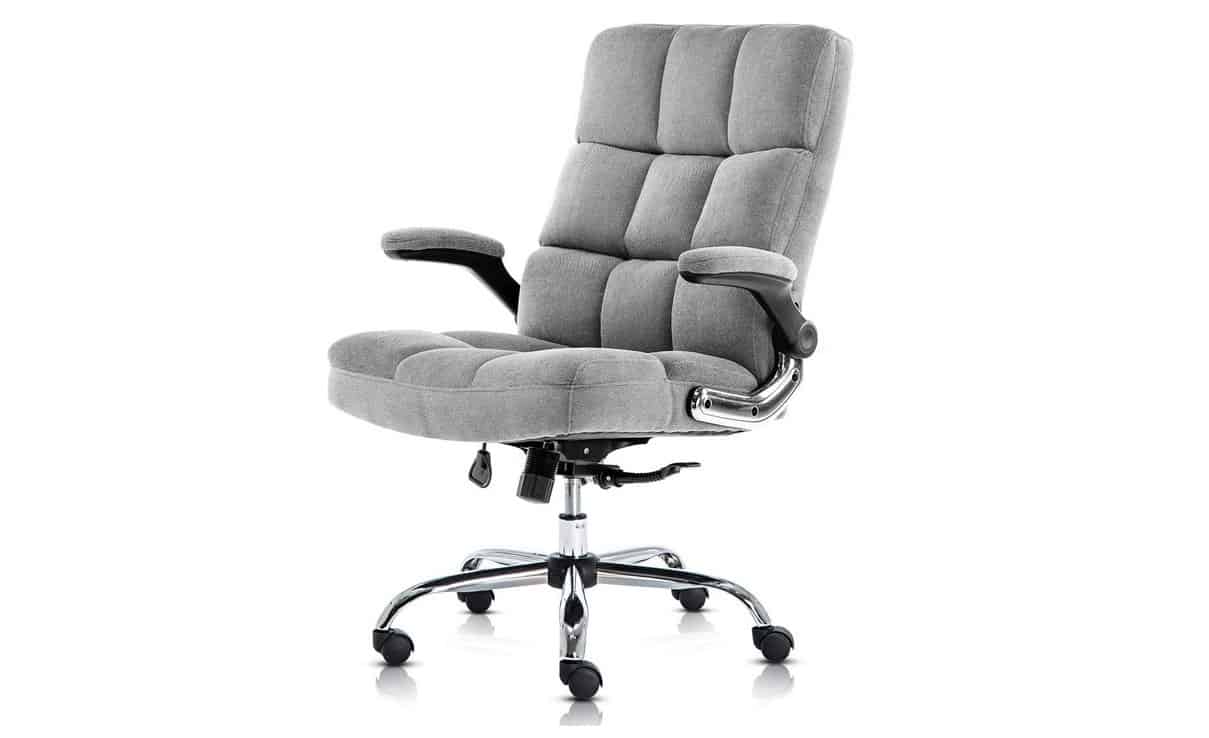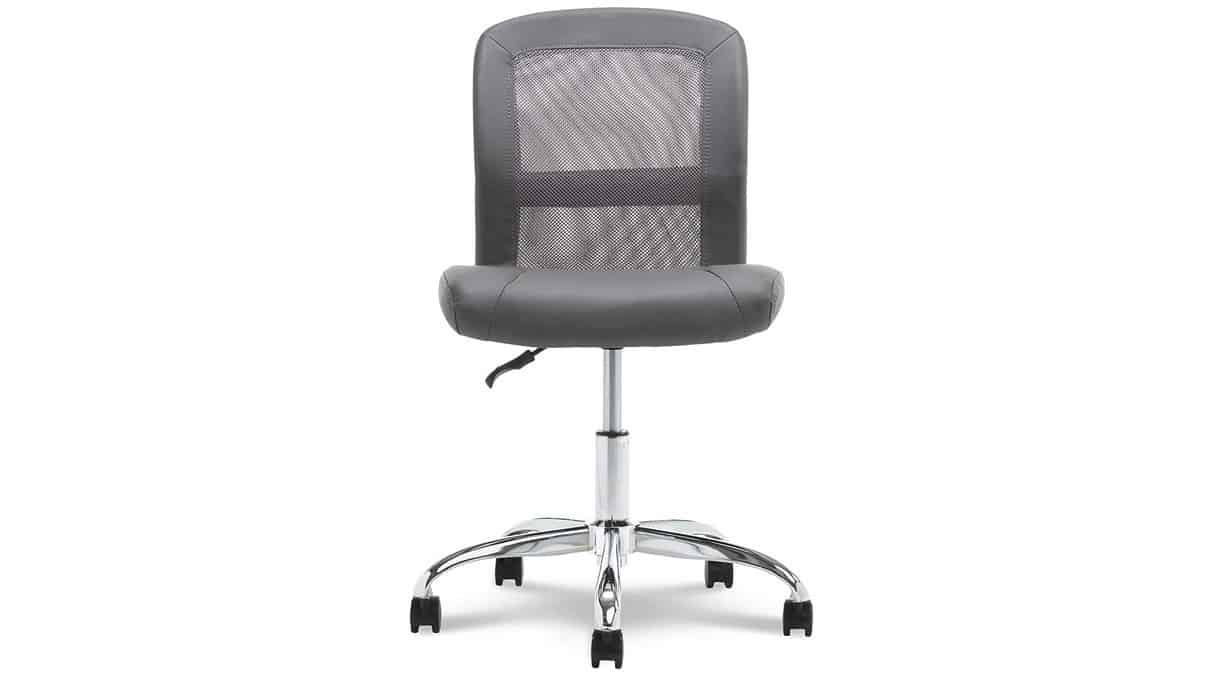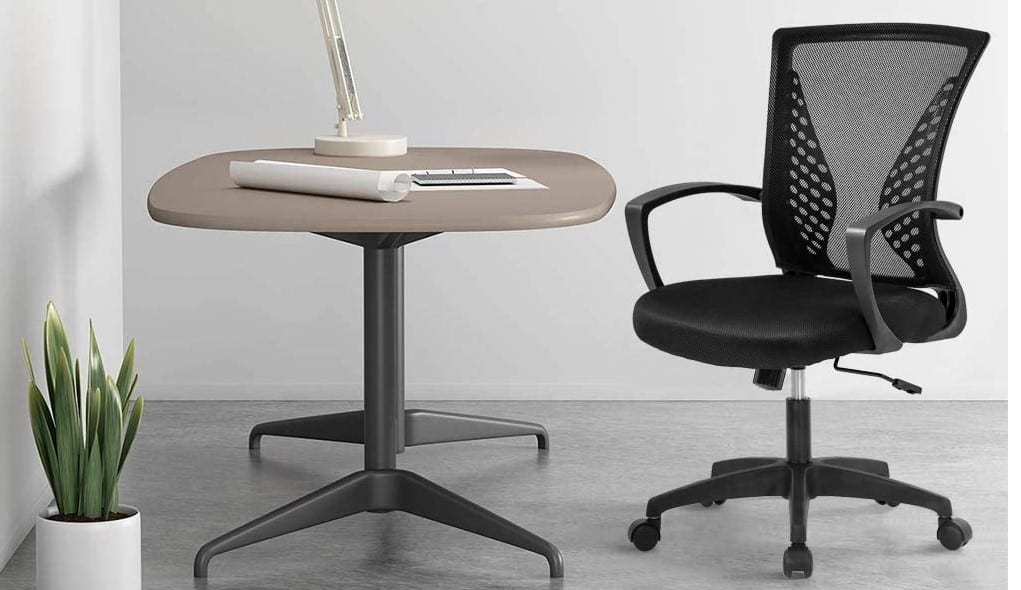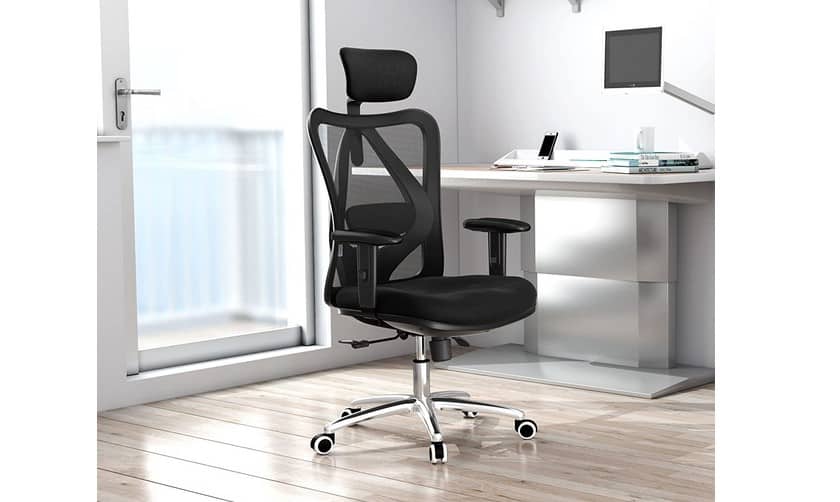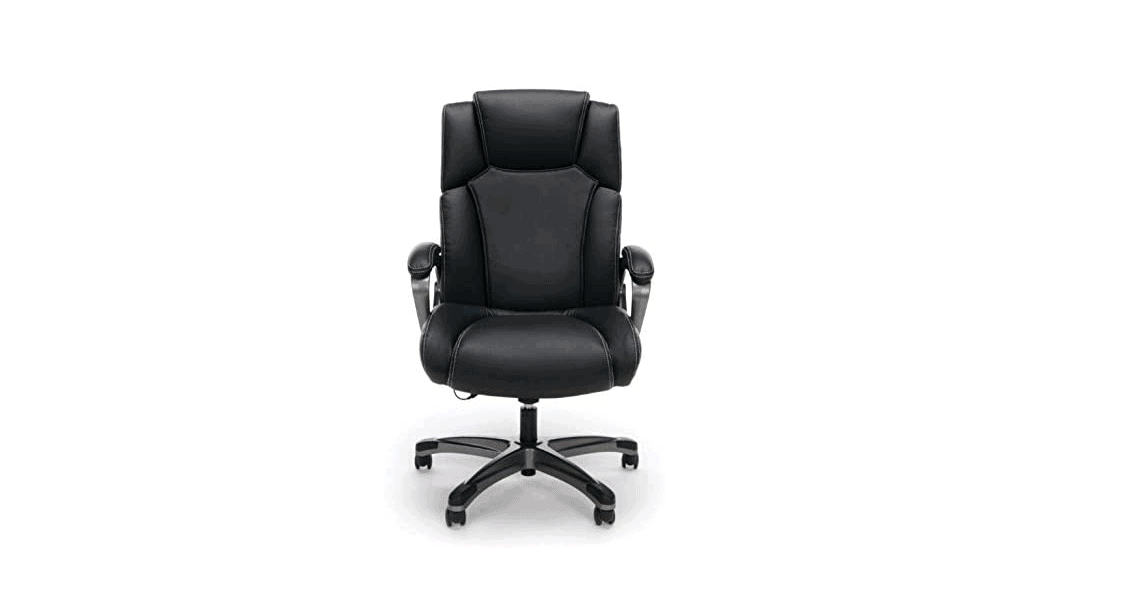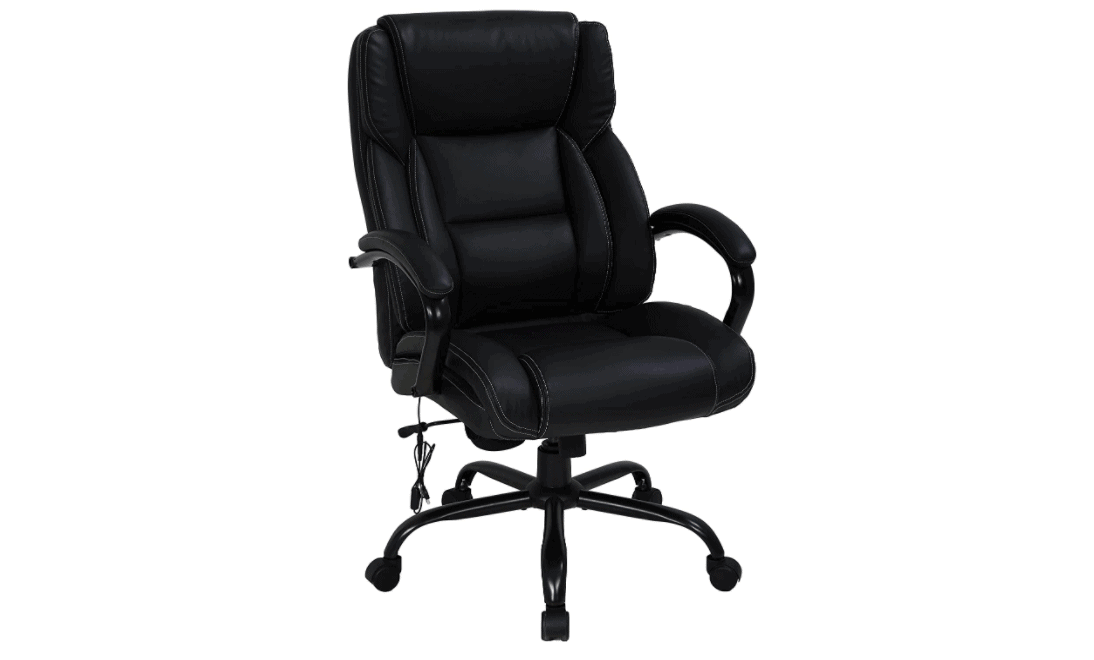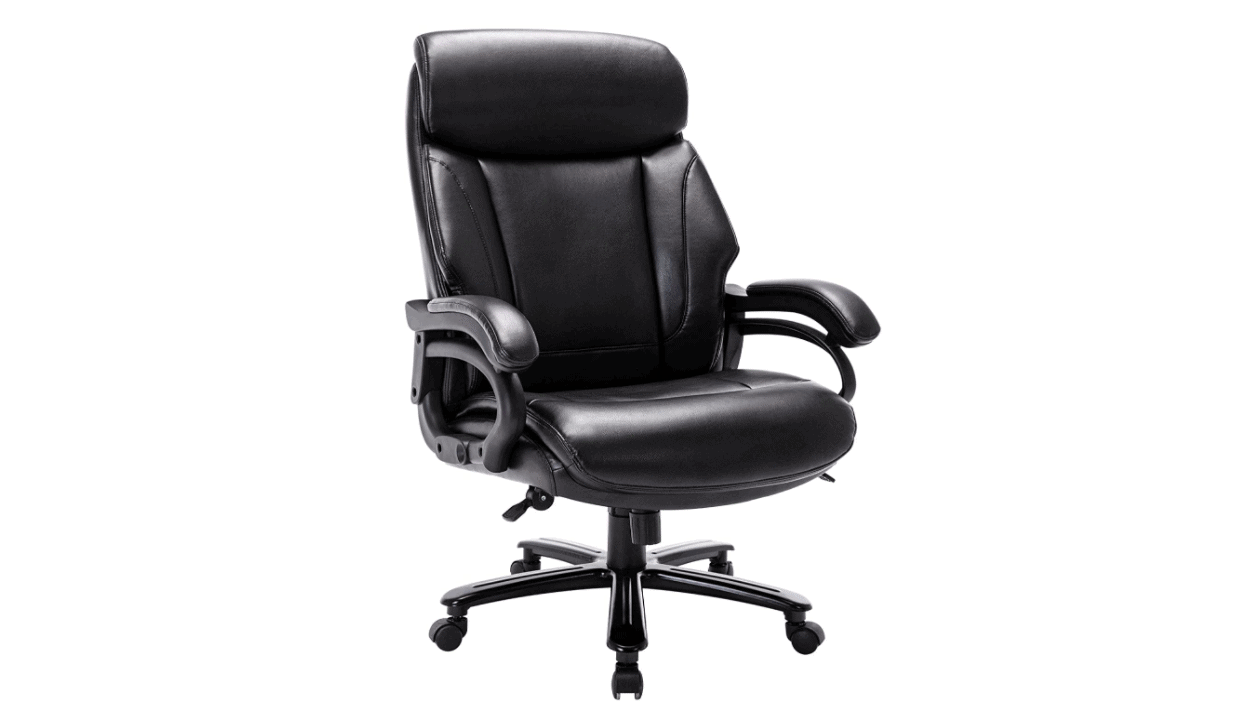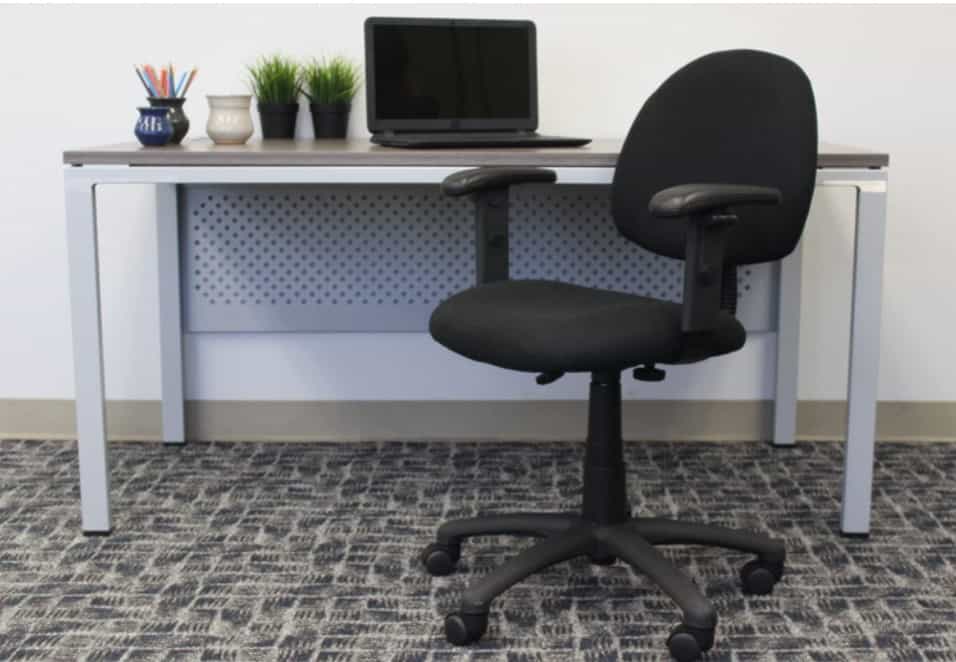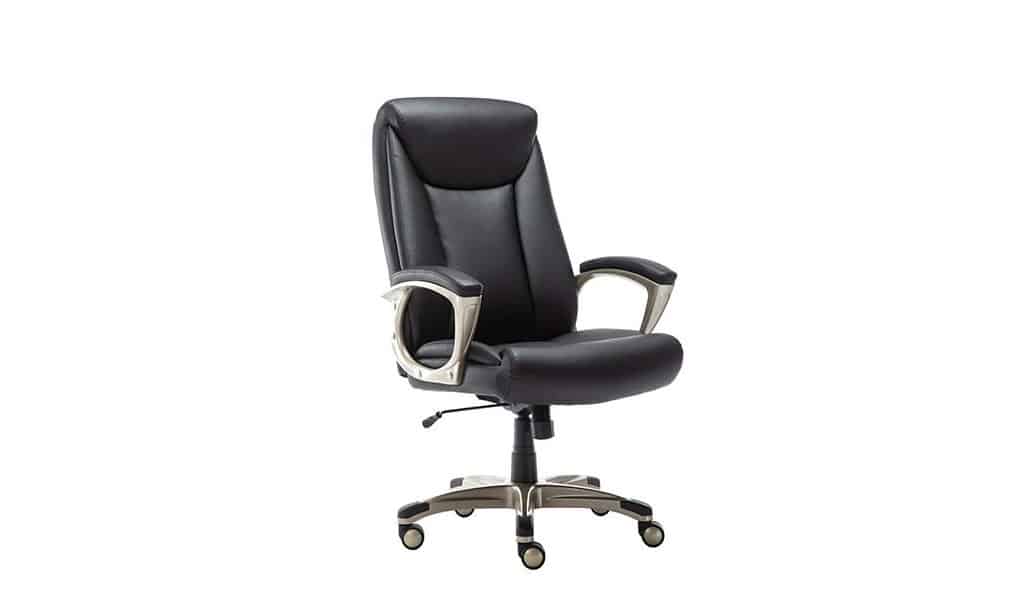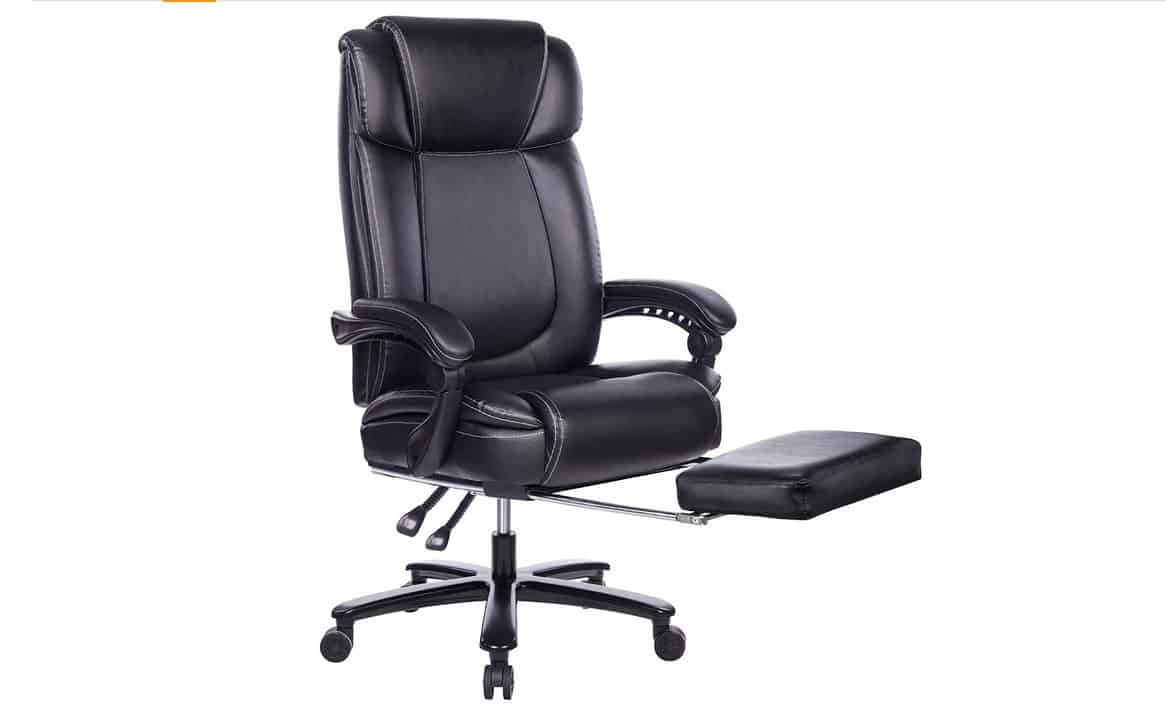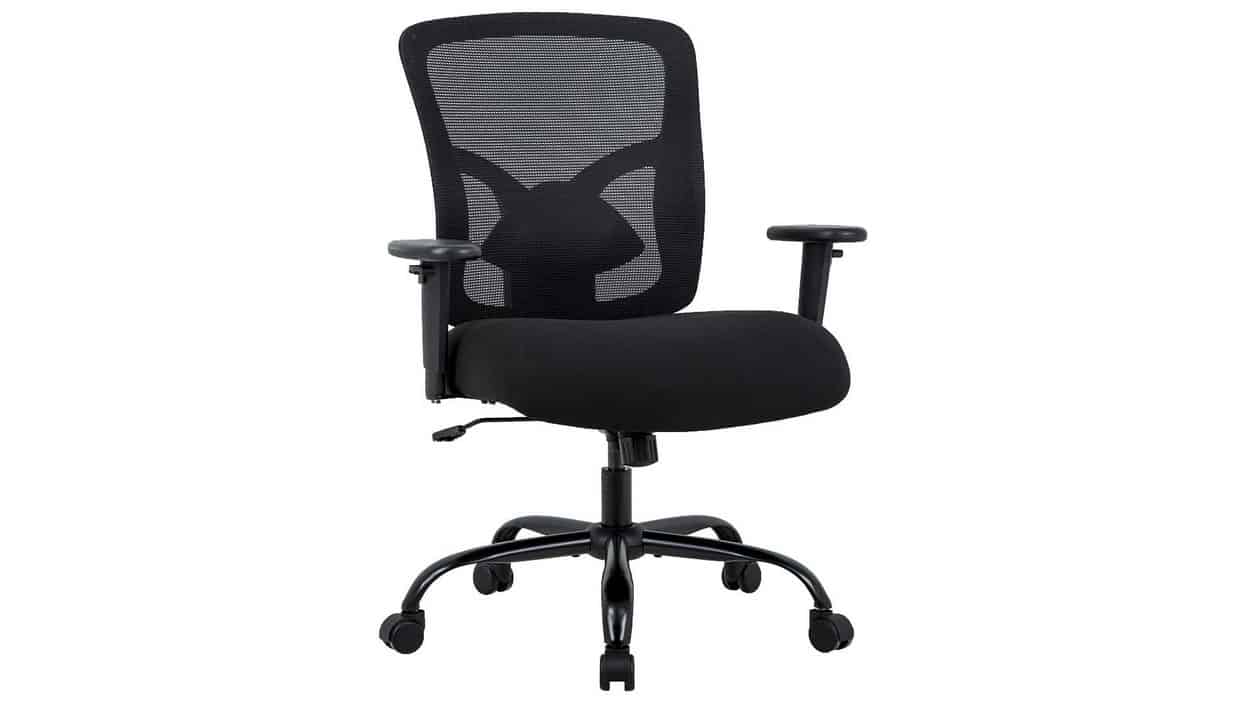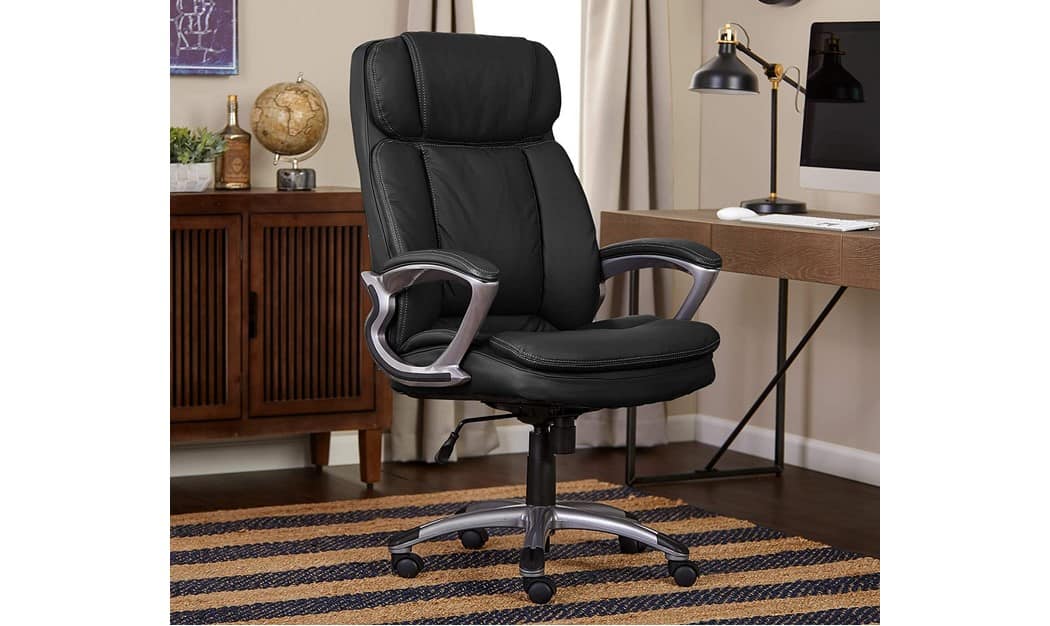If you have a crack or break in your office chair arms, there are some simple yet effective repairs you can perform to make sure it’s giving you the proper support you need. Follow this helpful guide to find out what to do.
Key Takeaways:
- Cracks and breaks in a chair arm can be repaired with a shortlist of common hardware store materials
- Epoxy is an effective adhesive to use for fixing cracks
- Duct tape helps add integrity to fixes you make
How to Repair Cracked Office Chair Arms
Difficulty: Moderate
Time Required: 30 minutes
Total Steps: 5
Tools Needed: Screwdriver, epoxy, rope, duct tape
Repairing cracked office chair arms to salvage your favorite office chair requires a simple trip to the hardware store to pick up some basic tools and materials.
Materials You Will Need
Before you begin repairing the arm of your chair, make sure that you have all the proper tools and materials to complete the job.
Screwdriver
An office chair armrest usually has two or four screws attaching it to the chair. In most cases, the screws are Phillips screws, so you will need a Phillips screwdriver of the right size.
Plastic Epoxy
Epoxy is an effective, high-strength adhesive that will strengthen any cracks in the arm of your chair. Plastic epoxy is specially formulated for bonding together plastic materials. You will need to mix the epoxy to activate it before applying it.
Rope
You’ll need rope to use as a clamp to keep the arm tight while the epoxy dries. Make sure that you get a rope that is around 3/16-inch in diameter or more so it is strong enough to hold the arm together.
Duct Tape
To further reinforce the broken area of the chair and create a secure bond, you will want to use high-strength, multi-use duct tape. Find one that is in the same color as the arm of the chair so that it blends in.
Repairing the Broken Chair Arm
Once you have assembled the right tools and materials, follow these steps to repair your chair’s armrest. Make sure you have a clear, flat workspace available.
1. Remove the Arm
To remove the arm of the chair, find the screw holes in the arm. Office chair arms are generally attached with two to four screws depending on the type of armrest. Those that are attached to the bottom of the chair have two screws on the underside of the chair. Those that are attached to the seat and back of the chair have four screws located on the side of the armrest.
2. Apply Adhesive
Once you’ve carefully removed the arm, place it on a sturdy, level surface that’s easy to work on. Clean the cracked or broken area to make sure there’s no dirt or dust. Mix the resin and hardener components of the epoxy together when you’re ready to apply it. Epoxy hardens quickly after mixing it together, so only mix it when you’re ready to apply it to the arm. Apply the adhesive generously into the cracks. When done, press the cracks together tightly.
Tip: Clean the cracked or broken area to make sure there’s no dirt or dust
3. Clamp the Arm
Now you need to use the rope to continuously apply pressure so that the glued components stay tight. Loop it around the arm in such a way that clamps the ends of the broken parts of the armrest together tightly. Wipe away excess epoxy that comes out from pressing the broken area together.
4. Reinforce
Let the arm settle for 10 to 15 minutes after applying the epoxy and clamping it with the rope. After that period of time has passed, wrap some duct tape around the affected area. The duct tape will reinforce the bond created by the epoxy. Make sure you wrap the duct tape around the arm fully at least one time around.
Tip: Let the arm settle for 10 to 15 minutes after applying the epoxy and clamping it with the rope
Warning: Make sure you wrap the duct tape around the arm fully at least one time around
5. Reassemble the Arm
Allow the epoxy to harden over a 24-hour period. After that, you can remove the rope from the arm and reinstall it onto the chair. Simply line-up the screw holes on the arm to the ones on the chair. Screw-in each bolt halfway before tightening them to make sure that the arm is properly aligned and avoids potential damage from uneven pressure. If these steps don’t produce the results you’re looking for, you may need to replace the arms on your office chair.
STAT:
A person’s arms and hands account for up to 12% of a person’s body mass and using an armrest can reduce the load on your spine by up to 10%.
*http://ergonomictrends.com/armrests-on-ergonomic-office-chairs/
Sources:
https://en.wikipedia.org/wiki/Office_chair
https://en.wikipedia.org/wiki/Swivel_chair
https://www.homestratosphere.com/chair-parts/
*https://www.youtube.com/watch?v=iGaVqi7LegU
*https://www.youtube.com/watch?v=doQeUZIinY0
*http://ergonomictrends.com/armrests-on-ergonomic-office-chairs/
















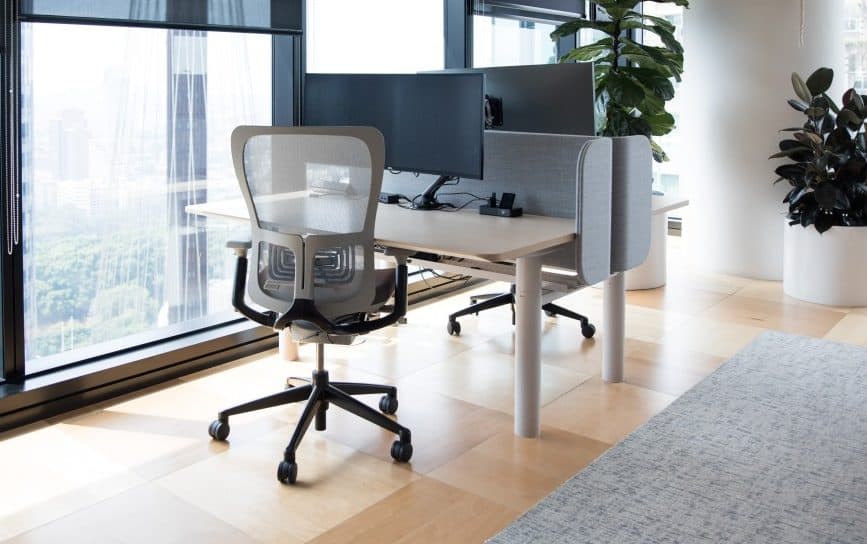

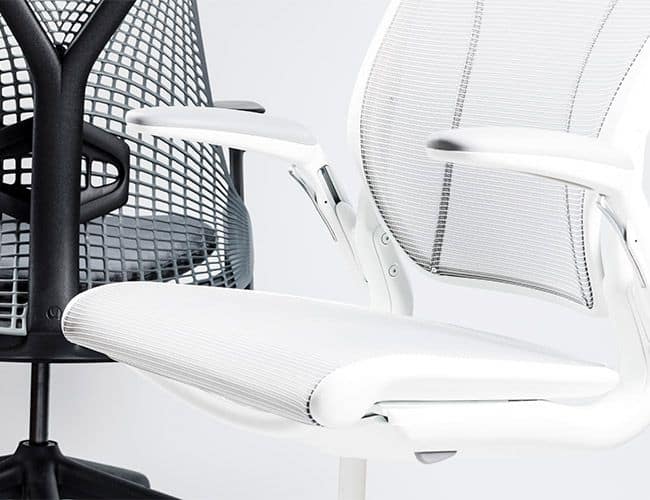
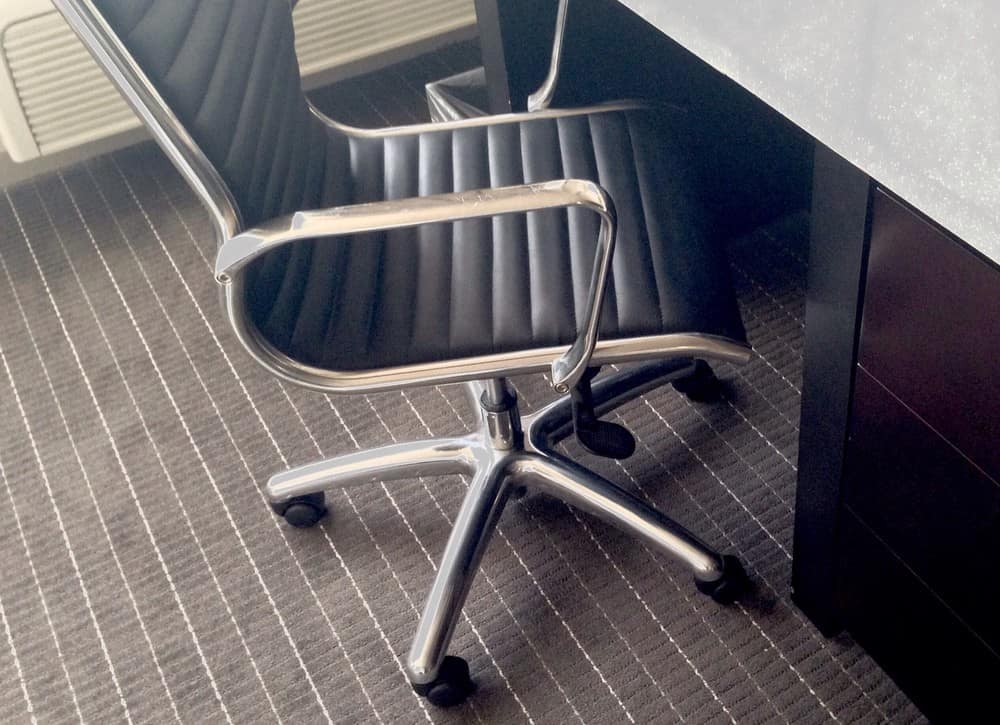

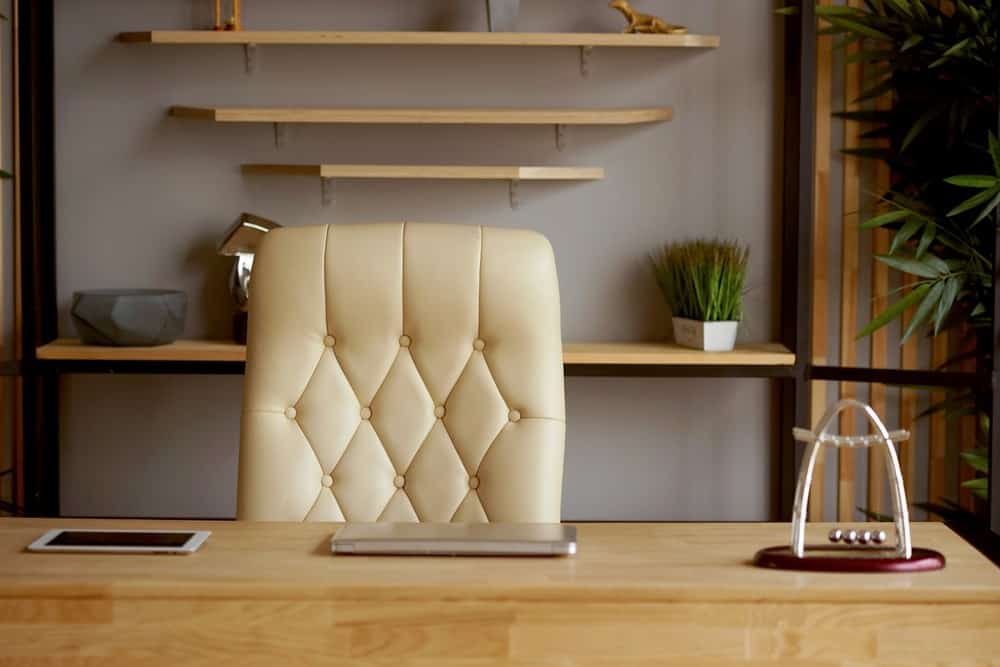










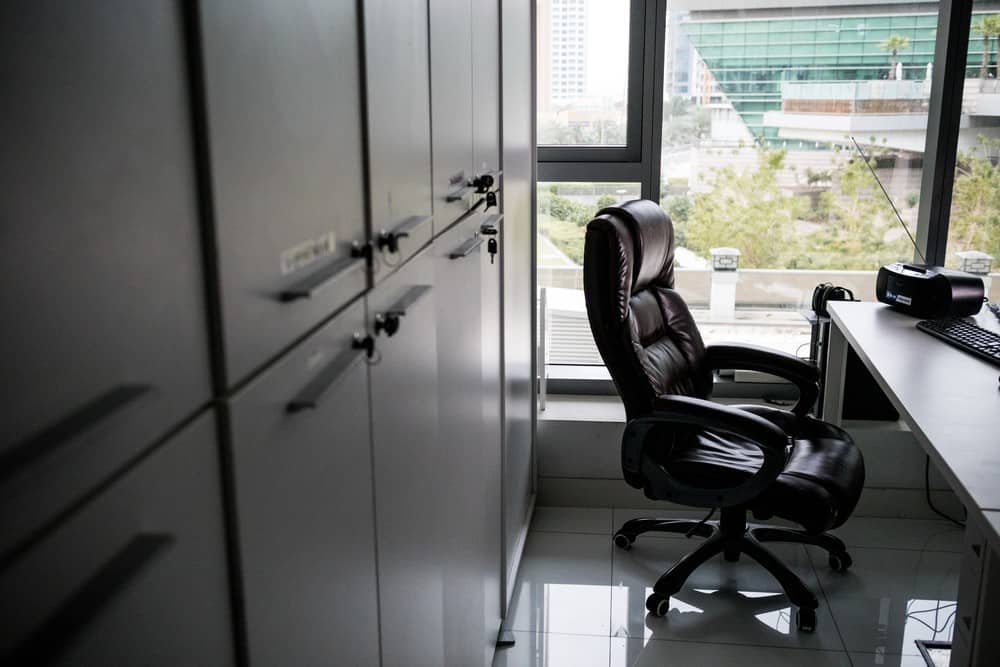
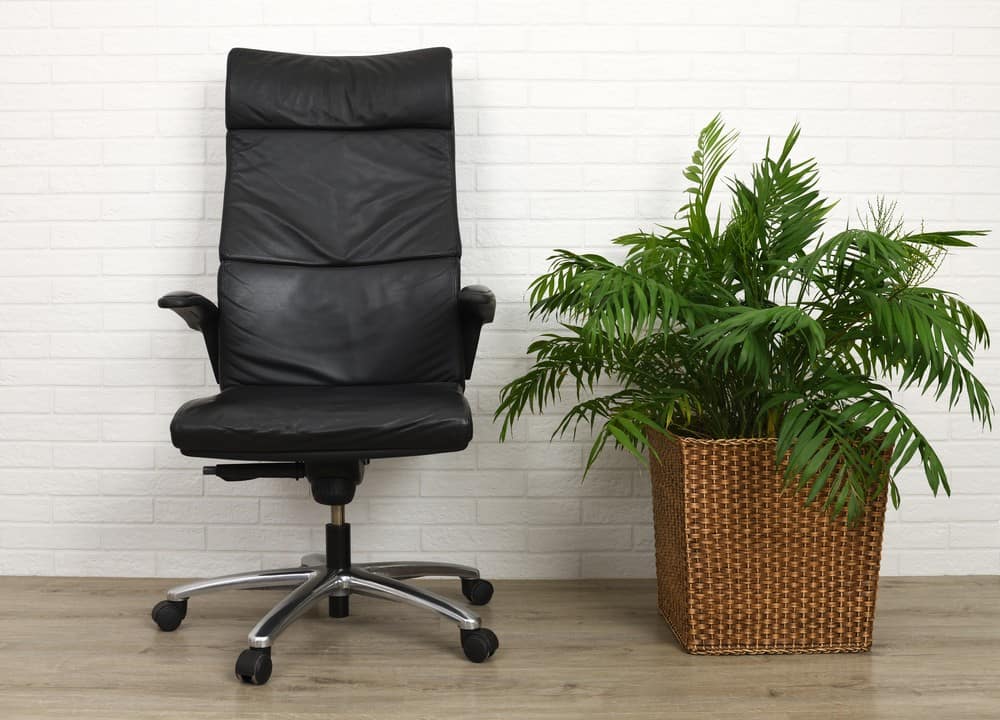

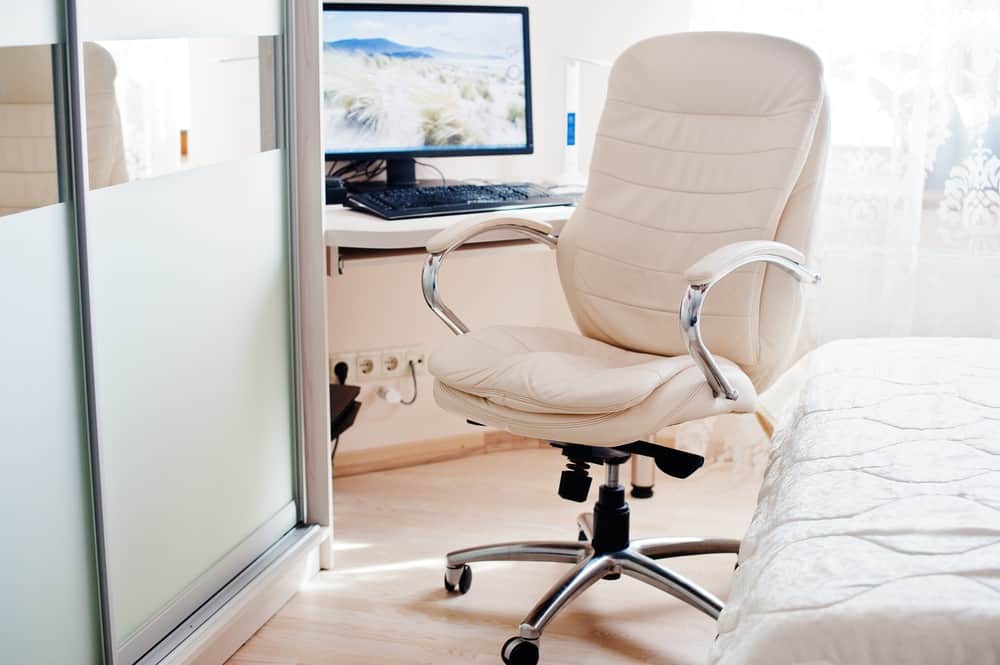
![Best Office Chair in [year] ([month] Reviews) 27 Best Office Chair in 2026 (January Reviews)](https://www.gadgetreview.dev/wp-content/uploads/best-office-chair-image.jpg)
![Best Office Chairs for Sciatica in [year] 28 Best Office Chairs for Sciatica in 2026](https://www.gadgetreview.dev/wp-content/uploads/best-office-chair-for-sciatica-image.jpg)
![Best Office Chairs for Hip Pain in [year] 29 Best Office Chairs for Hip Pain in 2026](https://www.gadgetreview.dev/wp-content/uploads/best-office-chair-for-hip-pain-image.jpg)
![Best Chairs for Programmers in [year] 30 Best Chairs for Programmers in 2026](https://www.gadgetreview.dev/wp-content/uploads/best-chair-for-programmers-image.jpg)
![Best Haworth Office Chairs in [year] 31 Best Haworth Office Chairs in 2026](https://www.gadgetreview.dev/wp-content/uploads/best-haworth-office-chairs-image.jpg)
![Best Wooden Office Chairs in [year] 32 Best Wooden Office Chairs in 2026](https://www.gadgetreview.dev/wp-content/uploads/best-wooden-office-chairs-image.jpg)
![Best Humanscale Office Chairs in [year] 33 Best Humanscale Office Chairs in 2026](https://www.gadgetreview.dev/wp-content/uploads/best-humanscale-office-chairs-image.jpg)
![Best Herman Miller Office Chairs in [year] 34 Best Herman Miller Office Chairs in 2026](https://www.gadgetreview.dev/wp-content/uploads/best-herman-miller-office-chairs-image.jpg)
![Best Steelcase Office Chairs in [year] 35 Best Steelcase Office Chairs in 2026](https://www.gadgetreview.dev/wp-content/uploads/best-steelcase-office-chairs-image.jpg)
![Best Leather Office Chairs in [year] 36 Best Leather Office Chairs in 2026](https://www.gadgetreview.dev/wp-content/uploads/best-leather-office-chairs-image.jpg)
![Best Fabric Office Chairs in [year] 37 Best Fabric Office Chairs in 2026](https://www.gadgetreview.dev/wp-content/uploads/best-fabric-office-chairs-image.jpg)
![Best Hon Office Chairs in [year] 38 Best Hon Office Chairs in 2026](https://www.gadgetreview.dev/wp-content/uploads/best-hon-office-chairs.jpg)

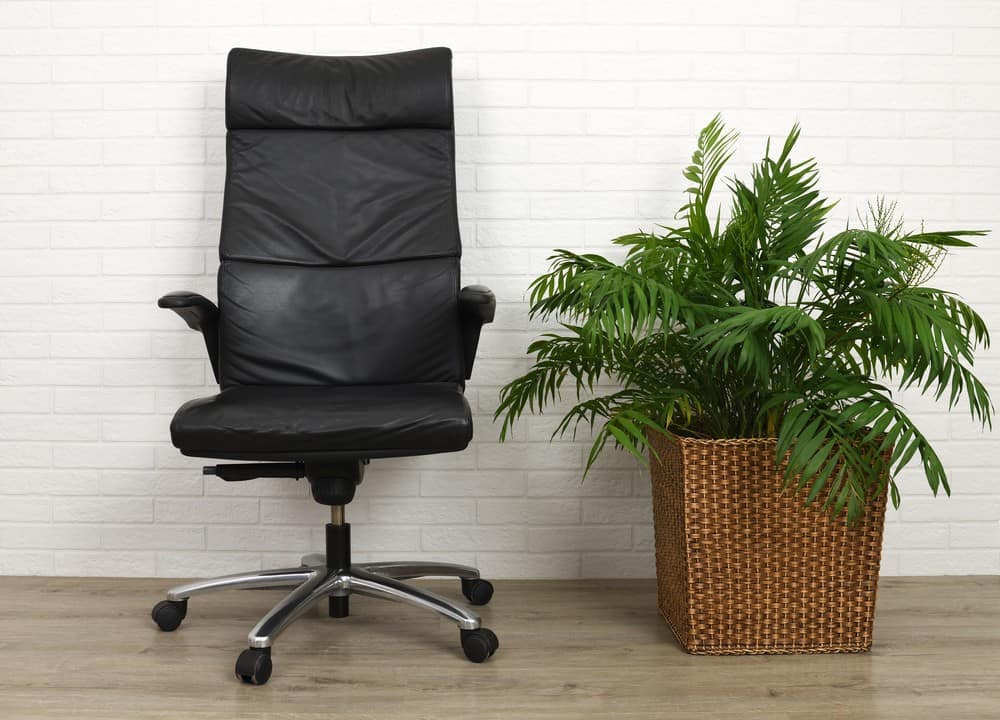
![10 Best Mesh Office Chairs in [year] 41 10 Best Mesh Office Chairs in 2026](https://www.gadgetreview.dev/wp-content/uploads/Best-Mesh-Office-Chair.jpg)
![10 Best High Back Office Chairs in [year] 42 10 Best High Back Office Chairs in 2026](https://www.gadgetreview.dev/wp-content/uploads/Best-High-Back-Office-Chair.jpg)
![10 Best White Office Chairs in [year] 43 10 Best White Office Chairs in 2026](https://www.gadgetreview.dev/wp-content/uploads/Best-White-Office-Chair.jpg)
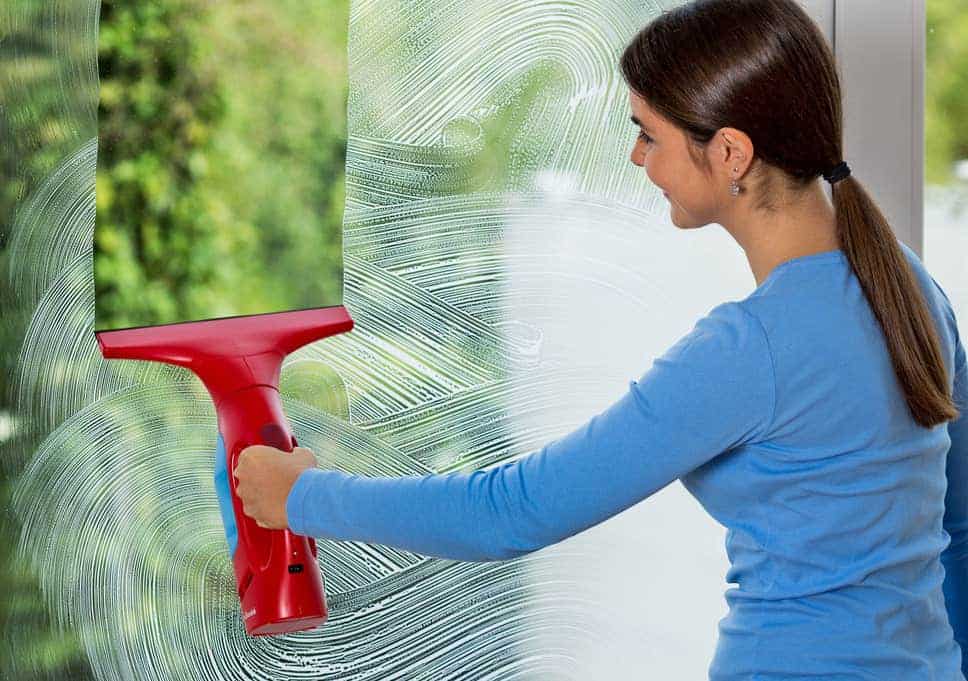
![Best Office Chair Under $300 in [year] ([month] Reviews) 45 Best Office Chair Under $300 in 2026 (January Reviews)](https://www.gadgetreview.dev/wp-content/uploads/chair-lower-back-pain.jpg)
![10 Best Drafting Chairs in [year] 46 10 Best Drafting Chairs in 2026](https://www.gadgetreview.dev/wp-content/uploads/best-drafting-chair.jpg)
